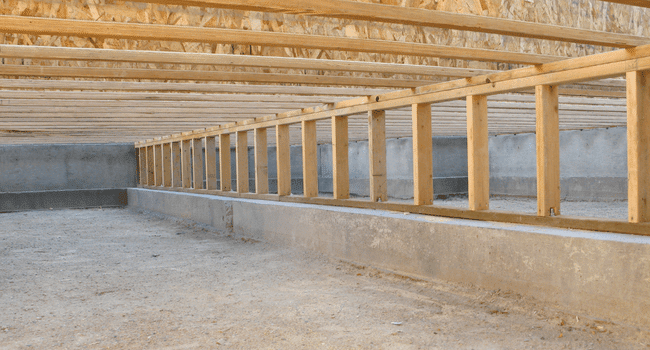Table of Contents
When it comes to building a house, there are lots of decisions that need to be made. One of the most important is whether or not floor joists should be blocked. Blocking provides extra support for the joists and can ensure that your floors are even and stable. But is it mandatory? In this blog post, we’ll dive into the ins and outs of blocking floor joists and discuss when it should (and shouldn’t) be done. We’ll also look at the different materials that can be used for blocking, as well as how to properly install each one. So read on to find out all you need to know about blocking floor joists!
What is blocking?
Blocking is a solid piece of lumber that is installed between The home Improving two joists in order to provide support and stability. Blocking can also be used to reinforce joists that are not level or straight. In some cases, blocking may be required by local building codes.
What are the benefits of blocking?
There are many benefits to blocking floor joists, including:
- Increased stability and strength: Blocking helps to keep your floor joists from shifting or becoming weak over time. This is especially important in homes with children or pets, as they can put a lot of stress on your floors.
- Better insulation: Blocking helps to seal off any gaps between your floor joists, which can improve the insulation of your home and help keep it cooler in the summer and warmer in the winter.
- Reduction of noise: By filling in any gaps between floor joists, blocking can help reduce the amount of noise that transfers between rooms or floors in your home.
- Improved aesthetics: When done properly, blocking can give your floors a neater and more polished look.
Are there any disadvantages to blocking?
There are a few disadvantages to blocking that should be considered before deciding if this construction method is right for your project. Blocking can add time and expense to a job, as well as create potential weak spots in the floor if not installed correctly. In some cases, it may be necessary to remove existing framing members in order to install blocking, which can add even more time and expense to the job.
How do you install blocking?
Blocking is not mandatory for floor joists, but it is recommended by most building codes. Blocking adds strength and stability to the floor joist system and helps to prevent the floor from becoming bouncy. Installing blocking is a relatively simple process that can be completed in a few hours.
To install blocking, start by measuring the width of the floor joists. Cut pieces of 2×4 lumber to fit between the joists at 16-inch intervals. Place the lumber between the joists and secure in place with nails or screws. Make sure that the blocking is level before attaching it to the joists.
Once all of the blocking is installed, check for any gaps between the lumber and the joists. Fill any gaps with caulk or insulation to help seal out drafts and pests.
What are some alternative methods to blocking?
There are several alternative methods to blocking that can be used when installing floor joists. Blocking is not always necessary, and these alternatives can provide a more secure connection while eliminating the need for blocking.
One such alternative is the use of hurricane clips. Hurricane clips are installed at the top of each stud and help to secure the joist to the stud. This provides a more secure connection and helps to prevent the joist from shifting or moving.
Another alternative is to use toe nails. Toe nails are installed at an angle so that they penetrate both the stud and the joist. This provides a more secure connection and helps to keep the joist in place.
yet another option is to use glue. Glue can be used to connect the studs and joists together, creating a very strong bond. This is a good option for those who do not want to use nails or screws.
No matter which method you choose, make sure that you follow all instructions carefully and consult with a professional if you have any questions or concerns.
Conclusion
In conclusion, blocking can be an important part of the process when it comes to floor joists. It is designed to help provide extra support and stability for your joists, helping you create a safe and secure framework for your structure. While it is not always mandatory, in some cases it may be necessary or recommended in order to meet building codes or other requirements. For this reason, we always suggest consulting with a licensed professional before beginning any construction project so that they can advise on whether or not blocking will be needed.
Read More on KulFiy
